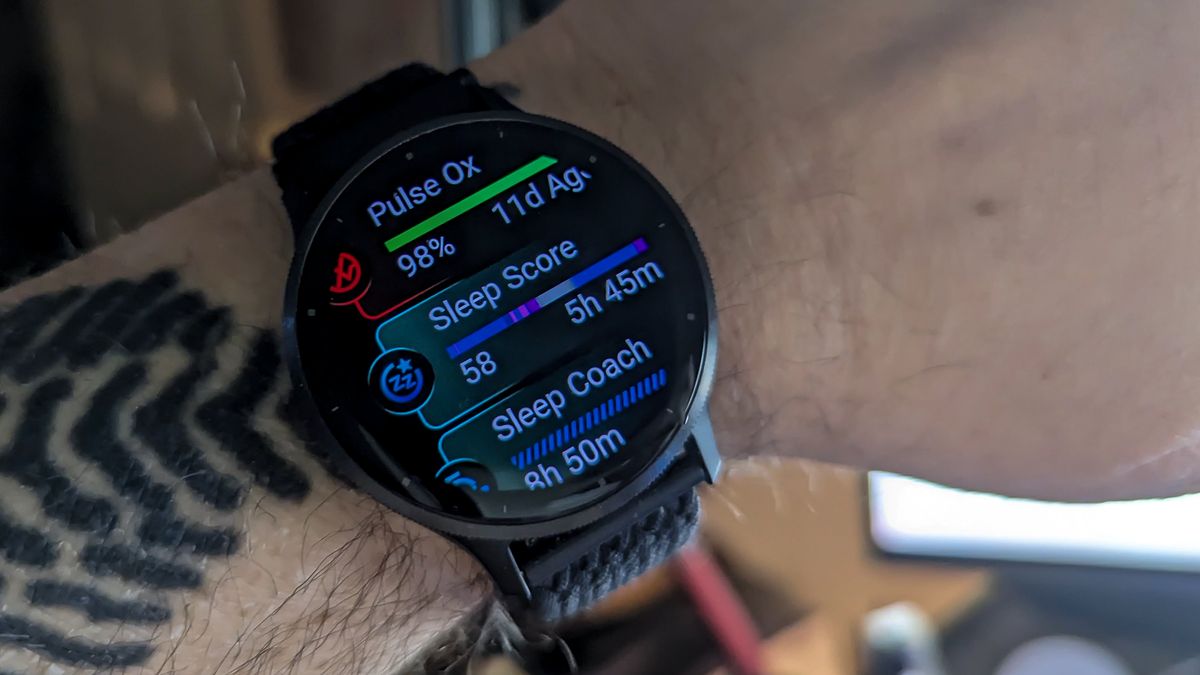Fashion
Counterfeit Fashion Is Harmful, and It Gets Worse During the Olympics

When the two-and-a-half weeks of the 2024 Olympic games are over, an estimated 15 million people will have descended on Paris. One overlooked result of this influx of international tourism is an uptick in the production and sale of counterfeit clothing. Already, French authorities say they have confiscated 63,000 items of clothing, shoes and leather goods and, according to Reuters’s reporting, “threw them into garbage compactor trucks on the spot.”
It’s not a new problem—authorities in Rio, Tokyo, and London all dealt with similar upticks, which is why this year, the IOC trained 20,000 law enforcement officials to manage it. But the true impact of an influx of these goods is much further spread than it appears on the surface and managing it is not as easy as throwing illegal goods in the trash.
“Counterfeiters are able to sort of switch on a dime really quickly,” says Kari Kammel, Director of the Center for Anti-Counterfeiting and Product Protection at Michigan State, “If they know that there’s an event happening, they increase their production of certain products.”
This year is even more ripe than ever for counterfeit apparel, shoes, and accessories. Luxury conglomerate LVMH is a major sponsor of the games, popular brands like New Balance, Nike, and Adidas are sponsoring the athletes, who are wearing customized looks to practice and more, and then, of course, Paris itself as the epicenter of the entire fashion industry.
“Counterfeit goods really hurt the fashion industry,” The RealReal’s Chief Creative Officer, Kristen Naiman, tells Teen Vogue. “They undermine the hard work and creativity of designers and artisans, especially those who don’t have the resources to protect their intellectual property,” Naiman adds that it’s a problem for shoppers too. While many resellers such as TRR have rigorous authentication standards, counterfeits can still end up in secondhand markets across the internet (it’s why the brand recently launched an installation to call attention to fakes). “Let’s not forget the shoppers who get duped into buying fake items they end up with something that isn’t worth what they paid for and can’t resell it to recoup their investment. This not only devalues the work of genuine designers but also damages trust in the resale market.”
Some may argue that they want to engage in the fashion trends and merchandise around the Olympics but can’t afford it. The problem is that it’s not just about democratizing fashion so we all can join in; the production of counterfeits can be incredibly dangerous for garment workers. “The fundamental problem is if it is a counterfeit, then it is counterfeit manufacturing. There is no regulation required because the whole essence of it is not legitimate,” Kammel explains. “Unlike a regular company where you have to have a registration, safety standards, and labor regulations, [for counterfeit operations] it doesn’t matter if a worker is working too much or maybe they’re chained to their desk, or they’re getting injured on the job and they lose a hand or a foot. None of that matters because the whole point is cranking out as much product as possible for the highest profit possible.”








